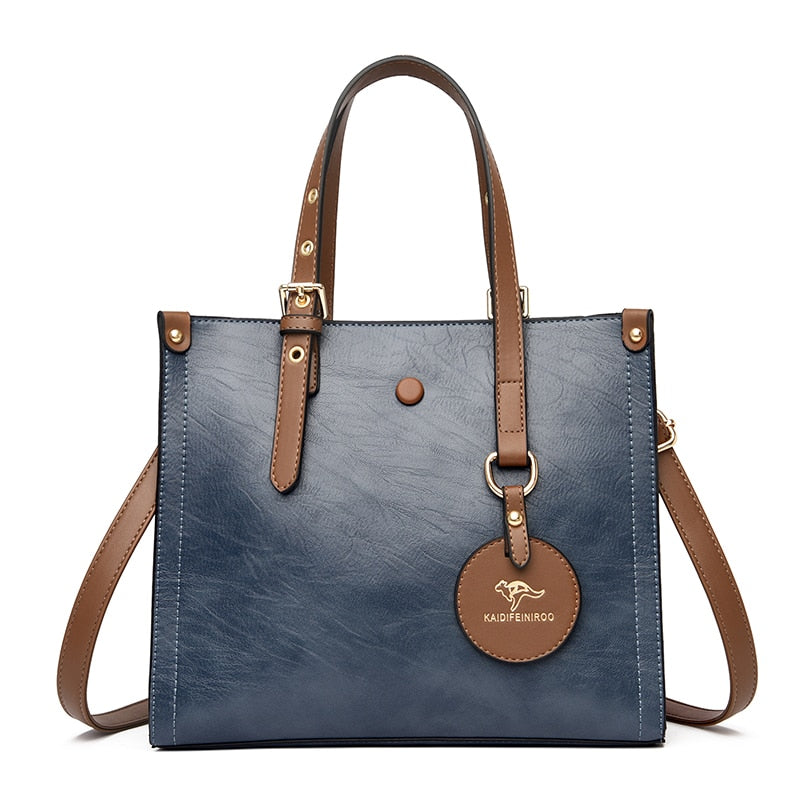
The Rise of Sustainable Activewear: Fitness Fashion Meets Eco-Consciousness
|
|
Time to read min
|
|
Time to read min
In an era where health and wellness have taken center stage, the intersection of fashion and sustainability has birthed a new trend: sustainable activewear. As more individuals embrace active lifestyles, there's a growing consciousness about the environmental impact of the clothing they wear, including what they don during workouts and fitness routines. This shift in consumer mindset has given rise to a demand for activewear that not only enhances performance but also aligns with eco-friendly values.
A game-changer in the fitness fashion industry. These garments are crafted from recycled materials or organic fabrics, offering a blend of functionality and eco-consciousness. From yoga leggings made from recycled plastic bottles to moisture-wicking tops spun from bamboo fibers, sustainable activewear brands are paving the way for a greener approach to fitness attire.
One of the most significant drivers behind the surge in sustainable activewear is the growing awareness of the fashion industry's environmental footprint. Traditional activewear, often made from synthetic materials like polyester and nylon, contributes to plastic pollution and consumes significant amounts of energy and water during production. By opting for sustainable alternatives, fitness enthusiasts can reduce their carbon footprint and support brands committed to ethical and eco-friendly practices.
But sustainability isn't the only factor driving the popularity of eco-conscious activewear. Consumers are also drawn to the quality and performance of these garments. Contrary to the misconception that sustainable apparel compromises on functionality, many brands are proving that style and performance can coexist with sustainability. From compression leggings designed to enhance muscle support to moisture-wicking fabrics that keep wearers dry and comfortable during intense workouts, sustainable activewear offers all the performance features of conventional fitness wear, minus the environmental guilt.
Moreover, the rise of sustainable activewear reflects a broader shift towards conscious consumerism. Today's fitness enthusiasts aren't just looking for products that help them look good and perform well; they want their purchases to reflect their values and make a positive impact on the planet. By investing in sustainable activewear, individuals can align their passion for fitness with their commitment to sustainability, making every workout a step towards a greener future.
In addition to their environmental and performance benefits, sustainable activewear brands often prioritize ethical labor practices, ensuring that their garments are produced under fair working conditions. This emphasis on social responsibility adds another layer of appeal for consumers who are increasingly concerned about the human cost of fast fashion.
As the focus on health and wellness persists, sustainable activewear is poised to become a mainstay in fitness fashion. With an ever-expanding range of options available, from yoga wear to running gear, there's something for every type of workout enthusiast looking to make a sustainable statement.
In conclusion, sustainable activewear represents a harmonious fusion of fashion, function, and eco-consciousness. By choosing garments made from recycled materials or organic fabrics, fitness enthusiasts can not only enhance their performance but also contribute to a healthier planet. As the demand for sustainable activewear continues to rise, it's clear that the future of fitness fashion is not just about looking good—it's about feeling good, both inside and out.

Unleash your inner seductress with our Women Sexy Shiny Zipper Open Crotch...

Upgrade your wardrobe with our collection of sustainable denim jeans and jackets...

Elevate Your Style with UrbnTrend's Handcrafted Earrings Collection Step into a world...

Discover the perfect blend of style and functionality with our exquisite collection...

Discover the latest trend in watches with army-inspired smart watches for men....

Designer Platform Heel For Women and Men Elevate your style with our diverse...

Stay Ahead of the Curve with UrbnTrend Unveiling the UK's Top Fashion...

Discover the captivating world of 3D t-shirts at UrbnTrend UK. Explore our...